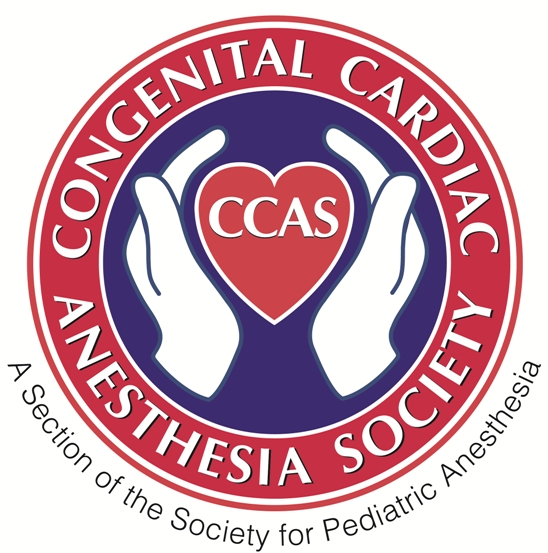Question of the Week 392
{“questions”:{“l10fn”:{“id”:”l10fn”,”mediaType”:”image”,”answerType”:”text”,”imageCredit”:””,”image”:””,”imageId”:””,”video”:””,”imagePlaceholder”:””,”imagePlaceholderId”:””,”title”:”Author: Sana Ullah, MB ChB, FRCA – Dallas, TX \r\n\r\nA 16-year-old adolescent male with a history of dilated cardiomyopathy is transferred to the cardiac intensive care unit from the emergency room due to persistent \u201clow flow\u201d alarms on a Heartmate 3 left ventricular assist device (LVAD). On examination, he appears fatigued with a heart rate […]
Question of the Week 391
{“questions”:{“ozlj0”:{“id”:”ozlj0″,”mediaType”:”image”,”answerType”:”text”,”imageCredit”:””,”image”:””,”imageId”:””,”video”:””,”imagePlaceholder”:””,”imagePlaceholderId”:””,”title”:”Author: Sana Ullah, MB ChB, FRCA \u2013 Dallas, TX \r\n\r\nA 16-year-old, 65 kg adolescent male is placed on peripheral veno-arterial (VA) extracorporeal membrane oxygenation via the left femoral artery and the right femoral vein due to acute fulminant myocarditis. Following five days of ECMO, a transthoracic echocardiogram demonstrates improved left ventricular function with an epinephrine […]
Question of the Week 390
{“questions”:{“qsvss”:{“id”:”qsvss”,”mediaType”:”image”,”answerType”:”text”,”imageCredit”:””,”image”:””,”imageId”:””,”video”:””,”imagePlaceholder”:””,”imagePlaceholderId”:””,”title”:”Author: Sana Ullah, MB ChB, FRCA. Children\u2019s Medical Center, Dallas TX \r\n\r\nWhich vascular structure in the fetal circulation has the LOWEST oxygen saturation?”,”desc”:””,”hint”:””,”answers”:{“14ktg”:{“id”:”14ktg”,”image”:””,”imageId”:””,”title”:”A. Umbilical vein”},”qilwm”:{“id”:”qilwm”,”image”:””,”imageId”:””,”title”:”B. Umbilical artery”},”uwrk9″:{“id”:”uwrk9″,”image”:””,”imageId”:””,”title”:”C. Coronary sinus”,”isCorrect”:”1″},”plukh”:{“id”:”plukh”,”image”:””,”imageId”:””,”title”:”D. Superior vena cava”}}}},”results”:{“k4hss”:{“id”:”k4hss”,”title”:””,”image”:””,”imageId”:””,”min”:”0″,”max”:”1″,”desc”:””,”redirect_url”:”https:\/\/ccasociety.org\/wp-content\/uploads\/2022\/10\/CCAS-QOW-Posted-10-6-2022.pdf”}}}
Question of the Week 389
{“questions”:{“dpd6s”:{“id”:”dpd6s”,”mediaType”:”image”,”answerType”:”text”,”imageCredit”:””,”image”:””,”imageId”:””,”video”:””,”imagePlaceholder”:””,”imagePlaceholderId”:””,”title”:”Author: Michael A. Evans, MD \u2013 Ann & Robert H. Lurie Children\u2019s Hospital of Chicago, Northwestern Feinberg School of Medicine \r\n\r\nA 9-month-old is seen by his pediatrician due to difficulty gaining weight and is found to have a murmur on exam. A transthoracic echocardiogram demonstrates a ventricular septal defect (VSD) with a size and location […]
Question of the Week 388
{“questions”:{“ufgwj”:{“id”:”ufgwj”,”mediaType”:”image”,”answerType”:”text”,”imageCredit”:””,”image”:””,”imageId”:””,”video”:””,”imagePlaceholder”:””,”imagePlaceholderId”:””,”title”:”Authors: Benjamin Rosenfeld, MD and Michael A. Evans, MD \u2013 Ann & Robert H. Lurie Children\u2019s Hospital of Chicago, Northwestern Feinberg School of Medicine \r\n\r\nAn 18-year-old adolescent male with a past history of Tetralogy of Fallot undergoes surgical pulmonary valve replacement complicated by myocardial ischemia secondary to coronary thromboembolism in the immediate postoperative period. Five […]
